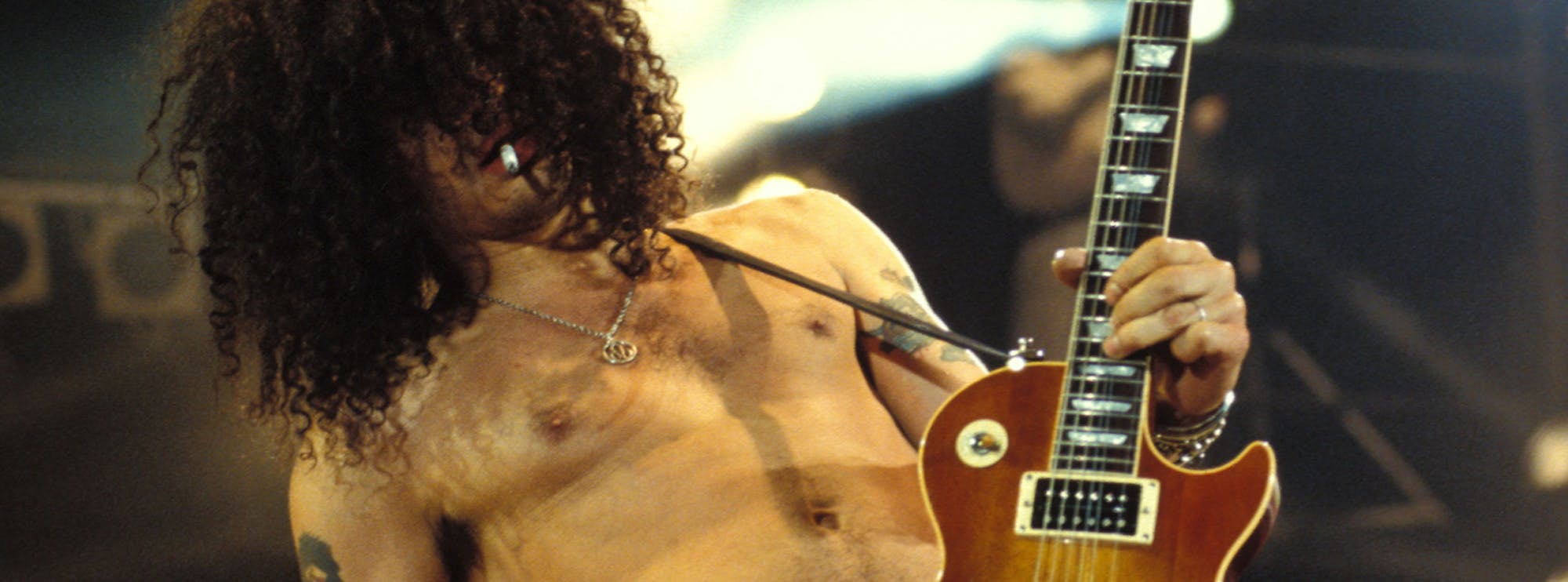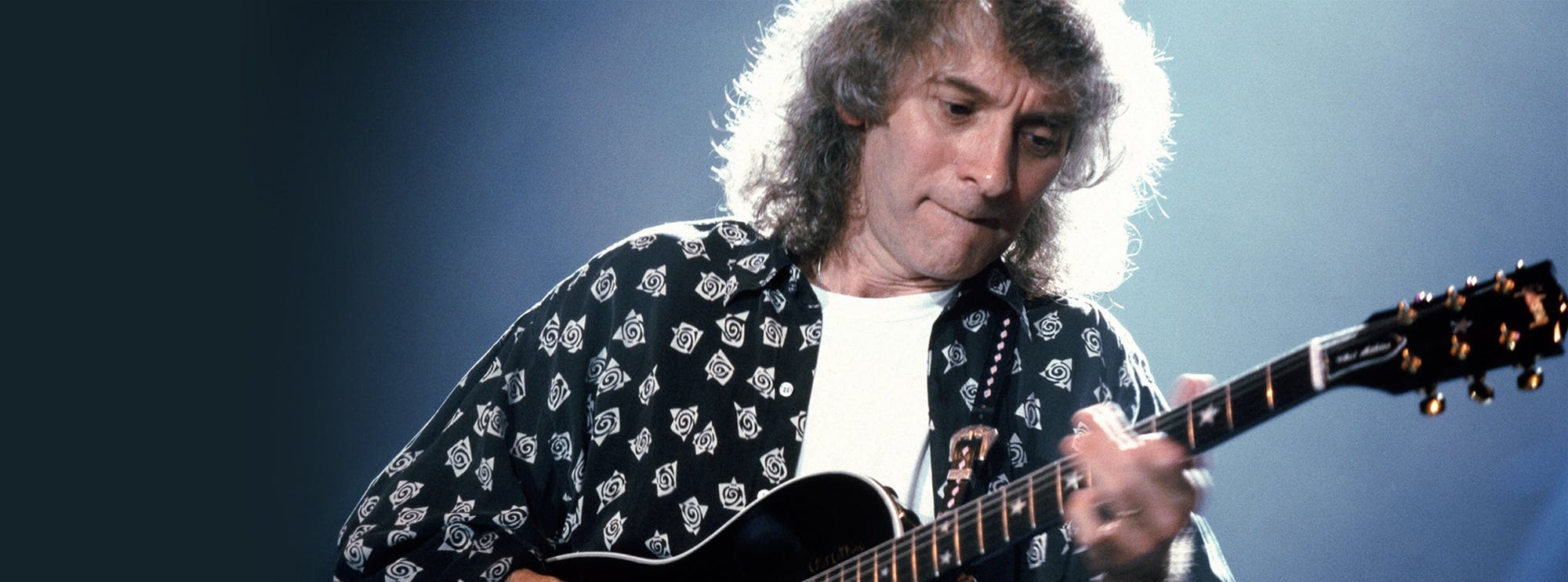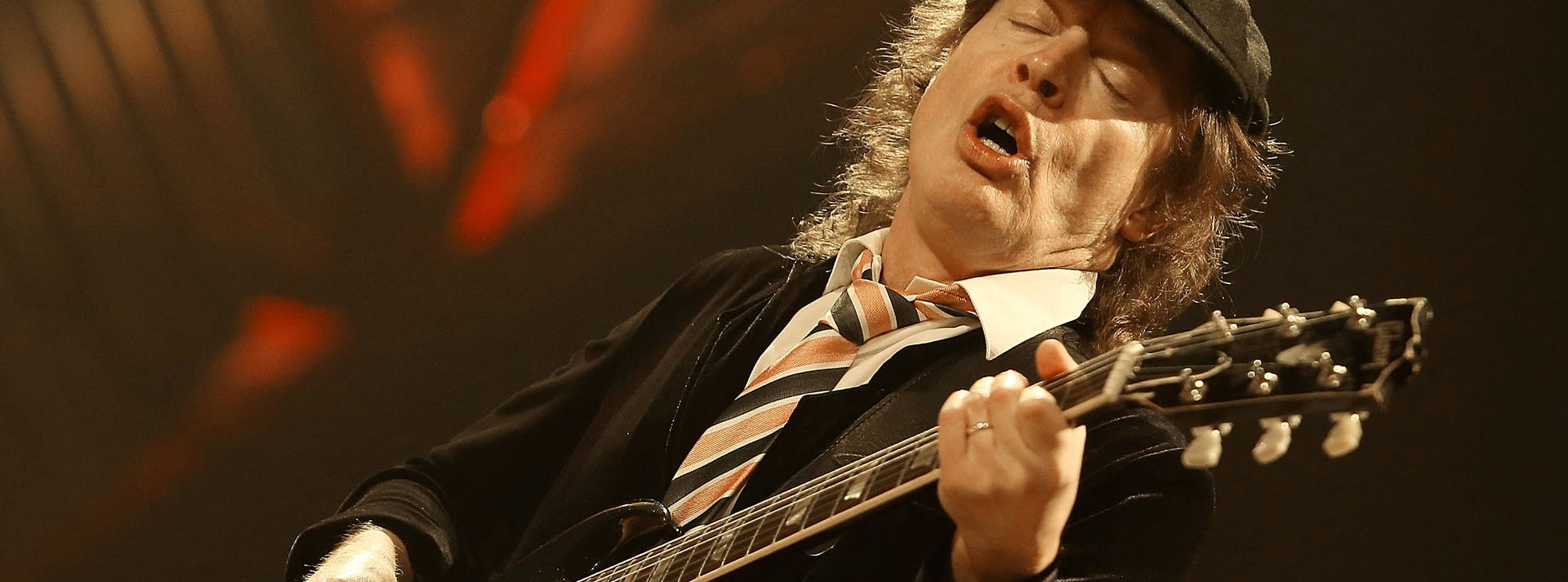Unraveling the Timeless Brilliance of "Peggy Sue" by Buddy Holly: A Guitarist's Insight
In the annals of rock and roll history, few songs resonate with the timeless charm and infectious energy quite like "Peggy Sue" by Buddy Holly. Released in 1957, this iconic track continues to captivate audiences with its catchy melody, clever lyrics, and undeniable guitar work. As a guitarist, delving into the layers of "Peggy Sue" unveils a treasure trove of techniques, chord progressions, and soloing brilliance that exemplify the genius of Buddy Holly and his lead guitarist. Sam Bell demonstrates every nuance of this classic rock 'n' roll track in this exclusive Lick Library video tutorial.
The Essence of "Peggy Sue"
At its core, "Peggy Sue" is a classic rock and roll song that embodies the spirit of the 1950s. The song structure follows a traditional 12-bar blues progression in the key of A, with a lively tempo and infectious groove that invite listeners to dance along. Buddy Holly's signature vocal delivery, accompanied by his masterful guitar playing, elevates "Peggy Sue" to legendary status.
Chords and Scales
Chord Progression:
The chord progression for "Peggy Sue" follows a standard 12-bar blues pattern in the key of A:
- A | A | D | D |
- A | A | E | D |
- A | A | E | E |
Guitar Scales:
The primary scale used for soloing over "Peggy Sue" is the A major pentatonic scale (A-C#-D-E-G), which infuses the song with its signature rock and roll flavour. Additionally, the A blues scale (A-C-D-D#-E-G) adds depth and soulfulness to the guitar solos, allowing for expressive bends and melodic improvisation.
Guitar Solo Analysis
Buddy Holly's guitar solo in "Peggy Sue" is a testament to his exceptional talent and innovative approach to the instrument. Beginning with a series of staccato phrases that mirror the vocal melody, the solo gradually builds in intensity, incorporating dazzling runs, dynamic bends, and tasteful vibrato. The use of double-stop bends and unison bends adds a touch of bluesy flavour, while rapid trills and tremolo picking showcase Holly's technical prowess. As the solo reaches its climax, a flurry of notes cascades over the driving rhythm, culminating in a breathtaking display of virtuosity that leaves a lasting impression on the listener.
Buddy Holly's Playing Style
Buddy Holly, renowned for his distinctive voice and pioneering songwriting, was also a remarkably skilled guitarist. His approach to the instrument was characterised by a unique blend of rockabilly, blues, and country influences, which he seamlessly integrated into his songwriting and performances. In "Peggy Sue," Holly's guitar playing shines brightly, serving as the perfect complement to his infectious vocals and propulsive rhythm section. His melodic sensibility, coupled with his impeccable technique, elevates the song to new heights, establishing "Peggy Sue" as a timeless classic in the pantheon of rock and roll.
Techniques Used
- Vibrato
- Alternate Picking
- Legato
- Double Stop Bends
- Unison Bends
- Trills
- Tremolo Picking
- Pull-offs
- Power Chords
- Palm Muting
- Barre Chords
- Slides
- String Bending
Conclusion
"Peggy Sue" by Buddy Holly stands as a testament to the enduring power of rock and roll music. From its infectious groove to its unforgettable guitar solos, the song continues to captivate audiences and inspire generations of musicians. As guitarists, studying the techniques and nuances present in "Peggy Sue" not only deepens our appreciation for Buddy Holly's genius but also provides invaluable insights into the art of crafting timeless rock and roll classics.
So, plug in your guitar, dial up the distortion, and let the spirit of Buddy Holly guide your fingers as you embark on a musical journey through the iconic soundscape of "Peggy Sue."
About The Tutor
Tutor Profile
Sam Bell
Sam Bell has been playing guitar from the age of 4, since then he has played many styles from Funky Blues to screaming Metal/Fusion on 8 string guitar. A member of UK tech metal band ‘Mask of Judas’, he is also currently writing his own solo instrumental album. He also...




